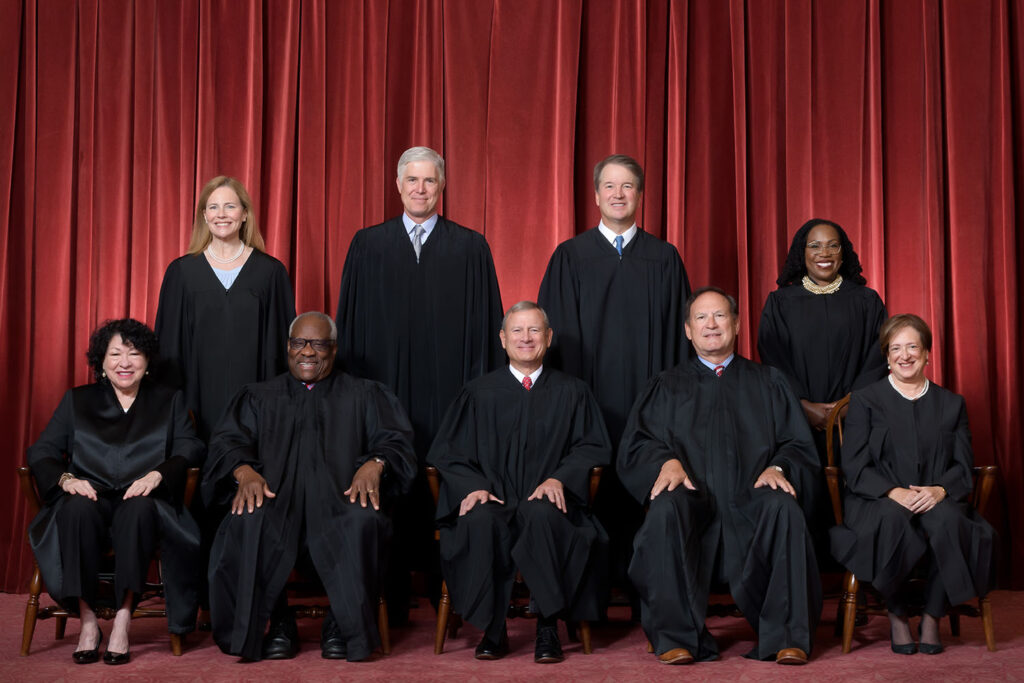Demystifying the Process of Federal Appeals: What You Need to Know
Browsing the detailed realm of federal charms can usually appear like traversing uncharted waters for those not familiar with the procedure. Recognizing the subtleties of appellate court territory, the intricacies of filing a notice of charm, providing an engaging quick, and making a persuasive dental disagreement are vital parts that can considerably influence the result of a situation. By untangling the layers of complexity bordering government allures, individuals can get a clearer insight into the mechanisms that govern this crucial phase of the lawful system.
Understanding Federal Appeals Refine
Exploring the detailed world of the government charms process unveils a organized and methodical trip with the judicial system. Federal charms work as an important system for evaluating decisions made by reduced courts. Recognizing this process is vital for anybody involved in lawful process at the federal level.
The procedure commonly starts with a party dissatisfied with a reduced court's ruling filing a notification of charm. This triggers a testimonial by a greater court, where a panel of judges assesses the lawful disagreements presented by both events. Briefs describing the legal thinking behind each celebration's position are sent, and oral debates may be heard to clarify intricate issues.
The appellate court's decision is based upon a comprehensive evaluation of the reduced court's process and the debates offered. The judges do not reexamine facts however focus on whether lawful mistakes took place that influenced the reduced court's choice. As soon as the appellate court gets to a choice, it can attest, turn around, remand, or change the reduced court's judgment, supplying quality and finality to the lawful disagreement. Recognizing this procedure is crucial for browsing the complexities of federal appeals efficiently.
Appellate Court Jurisdiction Discussed
Appellate court jurisdiction refers to the extent of situations that a certain appellate court has the power to examine and decide upon. Unlike test courts that hear instances for the very first time, appellate courts are restricted to evaluating choices made by lower courts.
Appellate courts have territory over particular sorts of cases, commonly those including legal errors, step-by-step issues, or inquiries of law instead than valid conflicts. The territory of appellate courts is typically described in statutes and legislations that control the court system. Comprehending appellate court territory is crucial for celebrations entailed in the appeals procedure as it establishes whether a case is qualified for testimonial and the extent to which the appellate court can intervene in the reduced court's choice.
Filing a Notice of Charm
The first action in commencing the federal charms procedure entails filing a Notice of Appeal with the proper appellate court. This crucial paper officially alerts the court and the other celebrations associated with the instance that the appealing event intends to seek an evaluation of the lower court's decision. Filing a Notification of Allure is a strict procedural requirement that sets the appellate process moving.
When preparing the Notice of Charm, it is necessary to ensure compliance with the specific guidelines and standards of the pertinent appellate court. federal crime lawyer. The paper needs to commonly consist of details such as the instance name, the reduced court's name, the date of the judgment being appealed, and a concise statement indicating the grounds for the allure

Instruction and Oral Disagreement
In the appellate process, providing written briefs and involving in dental disagreements play crucial functions in supporting for the appealing party's placement before the appellate court. Briefs are detailed lawful files that lay out the parties' debates, lawful authorities, and analysis sustaining their placements. These written entries provide the court with an in-depth understanding of the realities of the case, the appropriate regulation, and why the appealing party believes the reduced court's choice ought to be reversed.
Adhering to the submission and evaluation of the briefs, dental arguments provide the events an opportunity to more clarify their positions, deal with any type of inquiries the appellate courts might have, and highlight essential factors from their composed briefs. Dental debates are a chance for the attorneys to convince the courts browse around here via spoken advocacy and responses to queries from the bench.
Both the composed briefs and dental debates are essential elements of the appellate process, enabling celebrations to provide their situation completely and compellingly prior to the appellate court. - federal crime attorney
Obtaining the Appellate Court Choice
The appellate court's choice is generally supplied in a written style and outlines the court's final thoughts on the lawful problems offered, the reasoning behind their decision, and the judgment provided. The time frame for obtaining the appellate court's decision can differ, however courts strive to give timely resolutions. Whether the appellate court affirms, reverses, or remands the reduced court's choice, understanding the effects of the ruling is important for all celebrations entailed in the appellate process.
Verdict
Understanding the appellate court territory, filing a notification of allure, preparing briefs, and providing dental arguments are all crucial parts of this process. Inevitably, obtaining the appellate court choice can supply clarity and resolution to lawful disagreements.
As we progress from understanding the federal allures procedure to studying the details of appellate court territory, a fundamental element comes to light regarding the authority and limits of these greater courts in the lawful landscape. Appellate court territory refers to the range of cases that a particular appellate court has the power to review and decide upon. Unlike test courts that listen to cases for the first time, appellate courts are restricted to assessing decisions made by lower courts. Understanding appellate court territory is vital for celebrations involved in the appeals procedure as it identifies whether a case is qualified for evaluation and the extent to which the appellate court can interfere in the reduced court's decision.
